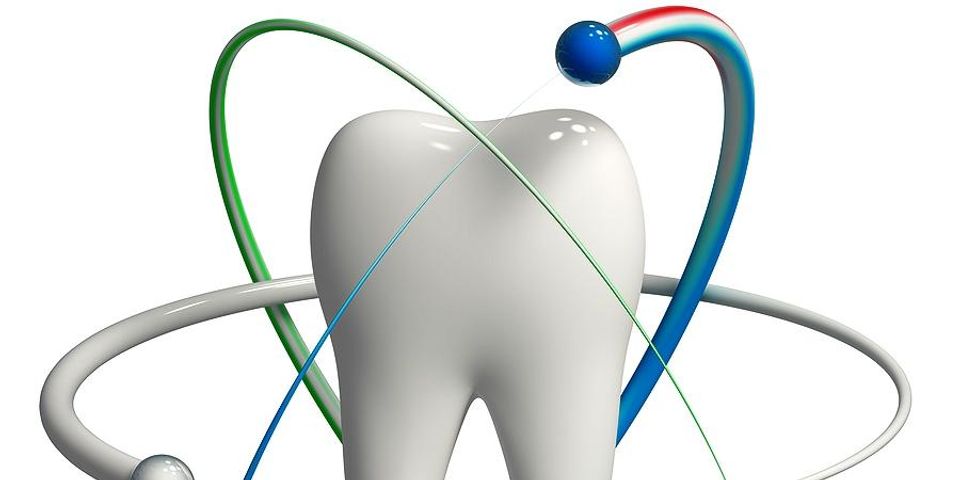Frequent Recreational Use of Cannabis Is Associated with Periodontal Disease

March 09, 2017
Periodontal disease is one of the most common chronic conditions in the United States and is a major cause of tooth loss among adults.1Although periodontitis has a genetic component, factors such as increased age, gender, chronic conditions such as diabetes, exposure to tobacco, and oral hygiene may also increase the risk or severity of the disease.2 Researchers examined data from the 2011-2012 cycle of the National Health and Nutritional Examination (NHANES) survey to evaluate whether cannabis use (i.e., marijuana or hashish) may also be a risk factor for periodontitis prevalence and severity.1 NHANES is designed to be representative of the noninstitutionalized civilian population of the United States aged 30 years or older, and includes both a demographic and behavioral questionnaire, as well as a full-mouth periodontal examination conducted at 6 sites per tooth.
This analysis was restricted to the 1,938 adults who received a complete periodontal examination and answered questions on substance use. Those who reported they used marijuana or hashish once or more every month for the last 12 months were categorized as frequent cannabis users, while those who reported using marijuana or hashish less than once per month were categorized as non-frequent cannabis users. Frequent cannabis users had significantly greater clinical attachment loss than non-frequent users (1.8 mm compared to 1.6 mm, p=0.004), and significantly higher mean number of sites with pocket depths of 4 mm or more and attachment loss of 3 mm or more (p <0.01). Multivariate logistic regression controlled for age, gender, race/ethnicity, family income, diabetes, alcohol and smoking, and treatment for gum disease within the past year. The odds of severe periodontitis were 1.4 higher for frequent cannabis users than those who never or rarely used cannabis.
This analysis uses data designed to be representative of the national population, with a gold-standard periodontal examination and both continuous and categorical measures of periodontitis. Modeling techniques should reduce or remove confounding by several other known risk factors for periodontitis. The findings of this analysis are consistent with case reports and previous epidemiological studies in New Zealand and Australia (one of which was previously described in Science in the News), which also demonstrated elevated periodontal disease prevalence among cannabis smokers. However, this study does have limitations. It was not designed to elucidate the biological mechanism(s) by which cannabis use could affect periodontal disease. The results rely on respondents’ self-reported use of cannabis, which may be subject to recall or social desirability biases. The data were collected at one point in time, so whether cannabis use preceded periodontal disease was not captured.
This analysis demonstrates the effect of cannabis as a potential risk factor for periodontal disease. Further research to generate mechanistic explanations would be useful.
References
- Shariff JA, Ahluwalia KP, Papapanou PN. Relationship Between Frequent Recreational Cannabis (Marijuana and Hashish) Use and Periodontitis in Adults in the United States: National Health and Nutrition Examination Survey 2011 to 2012. J Periodontol 2017;88(3):273-80.
- Eke PI, Wei L, Thornton-Evans GO, et al. Risk Indicators for Periodontitis in US Adults: NHANES 2009 to 2012. J Periodontol 2016;87(10):1174-85.
Prepared by: Center for Scientific Information, ADA Science Institute
About the Business
Have a question? Ask the experts!
Send your question

